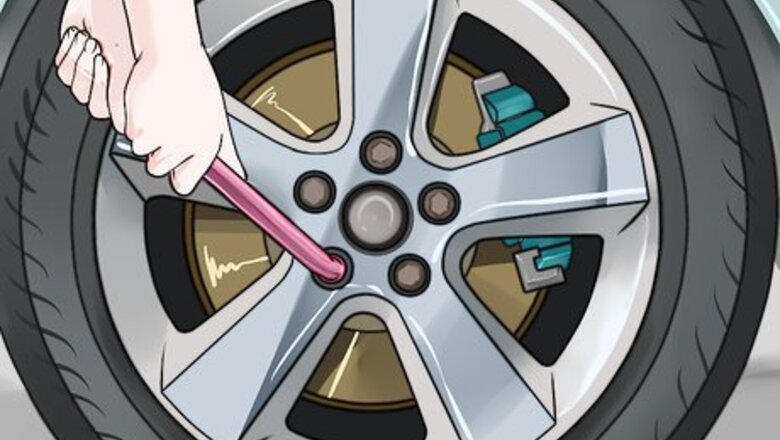
views
Accessing the Tie Rod End

Loosen the front tires slightly. This should be done with a tire iron or impact wrench. While on the ground the car's weight will keep the wheels from turning. This way you can safely loosen the lug nuts.
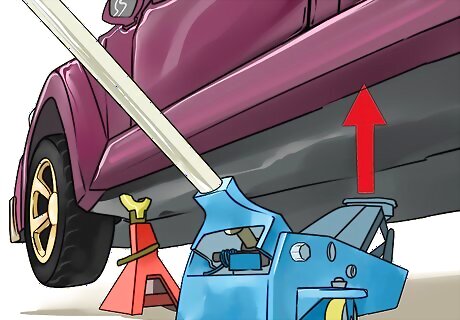
Raise the front end with a floor jack. Refer to your service manual for jacking points and jack up your car. Stabilize the vehicle with jack stands and chock the rear tires. It is not safe to leave the vehicle suspended on the jack alone.

Remove the wheel. Finish taking the lug nuts off of the wheel and remove it from the wheelbase. Slide the wheel under the car. This provides an extra safety measure in case the jack stands fail.

Locate the outer tie rod end. When you remove the wheel, you will be able to see the steering knuckle. There will be a shaft going through this knuckle with a castle nut on the bottom and a round head on top. This is the outer tie rod.
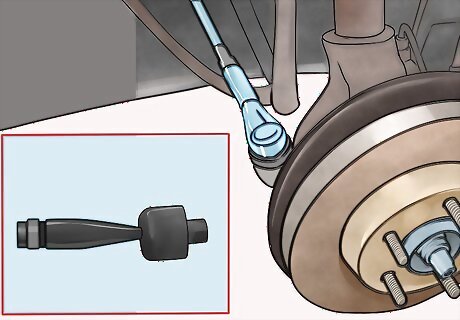
Locate the inner tie rod end. Cars often have an inner tie rod end as well. Start by locating the outer tie rod end. Follow the outer tie rod end underneath the car until it meets the inner tie rod end.
Removing the Tie Rod End
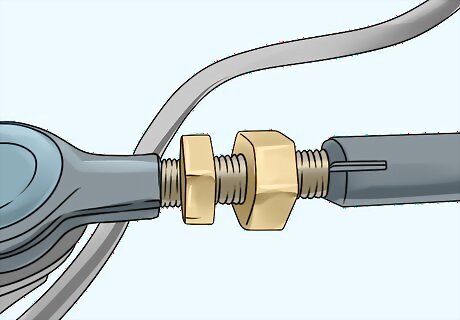
Use a wrench to loosen pinch nut. This nut holds the outer tie rod end in place and prevents it from moving along the spindle of the inner tie rod end. Loosening it will allow you to twist the outer tie rod end. By design, the outer tie rod end must be twisted off from the inner tie rod end.
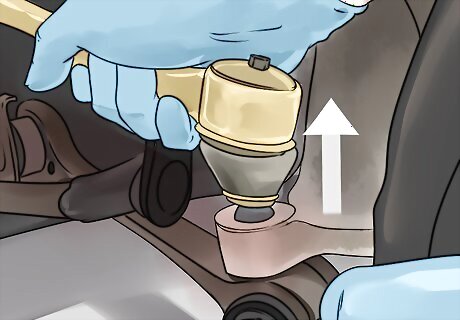
Move the pinch nut up to touch the outer tie rod end. This will mark the location of your outer tie rod end and you will know how far to thread on the replacement. Do not tighten the pinch nut. If you do, you will not be able to easily turn the outer tie rod end.
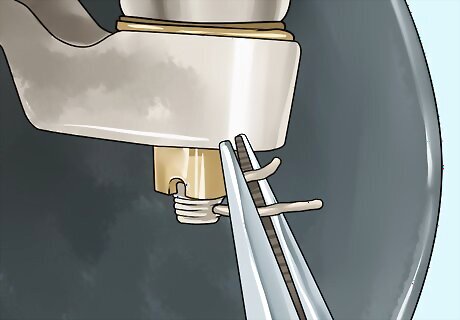
Remove the cotter pin. This pin will be located where the tie rod end meets the steering knuckle. Use a pair of needle nose pliers to straighten out the pin and then pull it out. Throw the cotter pin away. It should not be reused.

Use a properly sized ratchet to remove the castle nut. This is the nut that the cotter pin went through. It holds the tie rod end to the steering knuckle. Removing it will allow you to remove the outer tie rod end.
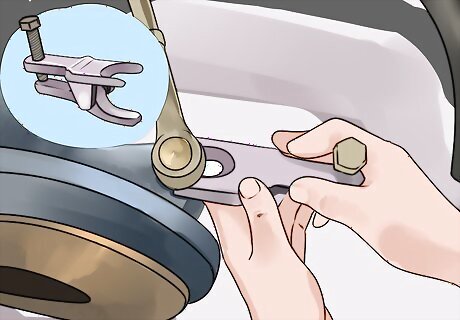
Remove the outer tie rod end from the steering knuckle. To do this, you can use a tie rod puller or a ball joint separator. Insert the tool between the ball joint of the outer tie rod end and the steering knuckle. Use it to pry the shaft out of the steering knuckle.
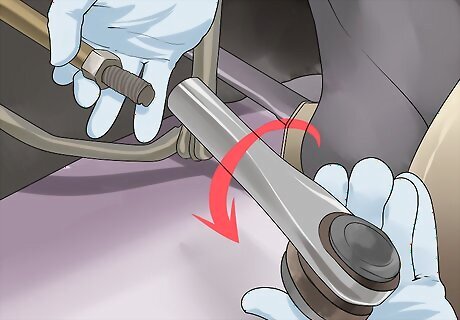
Remove the outer tie rod end from the inner tie rod end. To do this, you will twist the outer tie rod end off of the spindle of the inner tie rod end. Turn it counterclockwise to loosen. Remember to count exactly how many turns it takes you so that you can tighten the replacement the same number of turns. This helps keep your alignment as close as possible.

Remove the boot from the inner tie rod end. Only do this if you are replacing both inner and outer tie rod ends. You will need to remove the pinch nut. Next, take a pair of pliers and remove the clamp from the boot on the inside end of the inner tie rod end. There is another clip on the far side of the boot that you will have to break with a flat head screwdriver. Insert the screwdriver and twist to break it. Now you can slide the boot off.
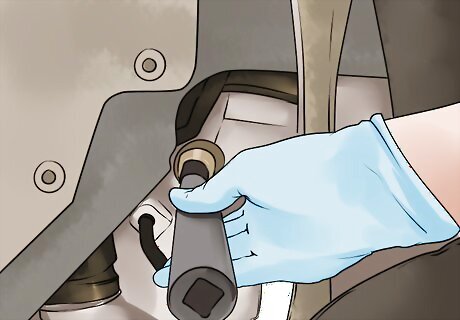
Remove the inner tie rod end. Some cars have a small pin that will need to be removed before the rod end can be turned. Locate the pin and with a flathead screwdriver pry the pin out. You might need to give the flathead a few taps with a hammer to get it started. Once the pin has been removed you can remove the tie rod end. To do this, you will need a large, deep socket that fits over the inner tie rod end. There is also a tie rod removal tool that will make the job much easier that can you can use from any part store that does the loan a tool program. Twist the inner tie rod end counterclockwise until it is loose. Pull it off of the car. If you can gain access to the inner tie rod end, this can possibly be done with a wrench, if necessary. You can get an adaptor that fits over the inner tie rod end and makes it easier to fit a socket onto the inner tie rod.
Replacing the Tie Rod End
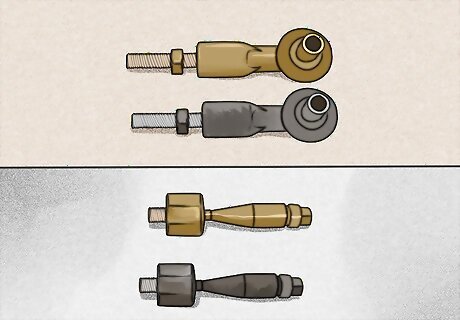
Check to make sure your new tie rod end is comparable to the old one. If there is any doubt that the new tie rod end is compatible with your vehicle, do not use it until you consult a mechanic. They should be approximately the same shape and size. If they are exactly the same length that is even better.
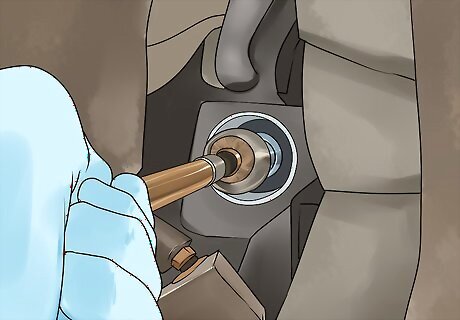
Thread the new inner tie rod end into the steering gear. This should be done with the same socket or wrench as before. However, you do need to check your owner's manual or service manual to find the proper torque value. Use a torque wrench to ensure that you twist the inner tie rod end to the correct torque values.

Slide the boot back onto the inner tie rod. You will have to replace the clip that you broke, as they are a one time use only. It is ideal to have one before you start the job. Once you slide the boot up the inner tie rod end and into place, fasten the new clip. Then use the pliers to refasten the second clip on the boot. There is a vent port on the boot that must be lined up with a tube on the steering gear.
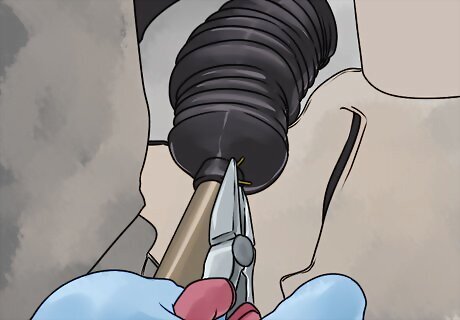
Thread the pinch nut back on. This must be done before you try to put the outer tie rod end on. Take the pinch nut far enough up the shaft so that it will not interfere with the outer tie rod end being put on.
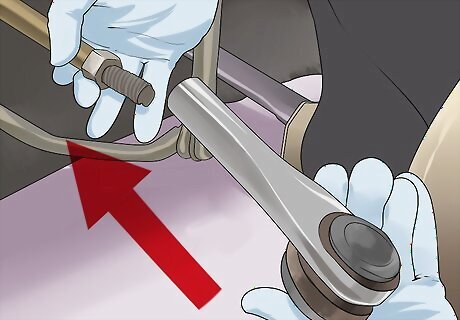
Thread the new outer tie rod end onto the inner tie rod shaft. You should thread it by hand exactly the same number of turns that it took to take it off. Then thread the pinch nut up to the outer tie rod end. Tighten the pinch nut to keep the outer tie rod end from moving.
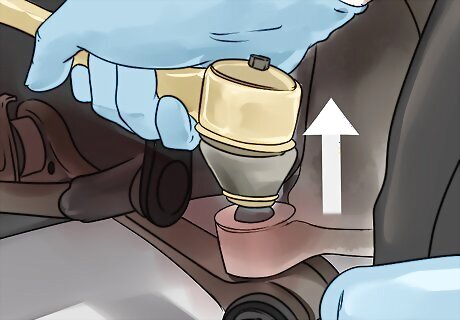
Connect the tie rod end to the steering knuckle. The shaft of the tie rod end will fit down through the knuckle just as the old tie rod end did. You can move the knuckle and the tie rod end as needed to get them to align properly.
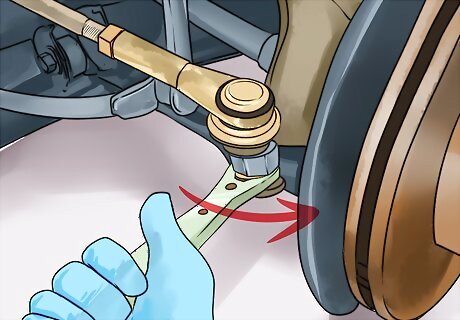
Tighten the castle nut. This will secure the tie rod end to the steering knuckle. Check your owner's manual or service manual for exact torque specifications for this bolt.
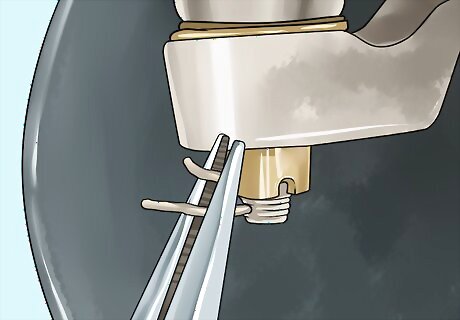
Replace the cotter pin. Make sure that the castle nut aligns with the hole in the tie rod end shaft. Slide the cotter pin through the hole and bend the ends back to wrap it around the castle nut. This prevents driving vibrations from loosening the castle nut. Always be sure to install a new cotter pin. Do not reuse the old pen.
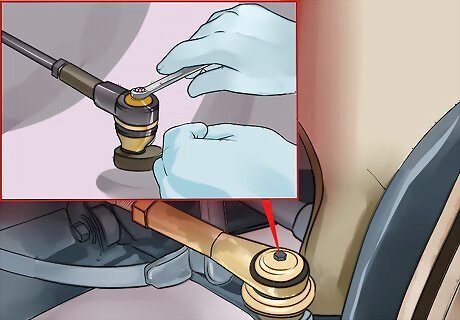
Install the grease fitting on the tie rod end. Some tie rod ends come with a grease fitting that simply screws into the top of the tie rod end. If this is the case for you, install it now.
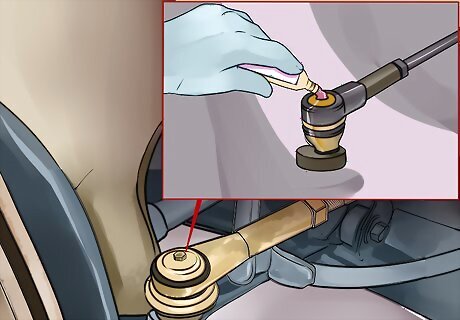
Apply grease to the tie rod end assembly generously. This is only necessary if your tie rod ends come with a grease fitting. Apply grease until it is visible on the outside of the tie rod end with a grease gun. You should put use enough grease that you see it on the outside of the tie rod end.
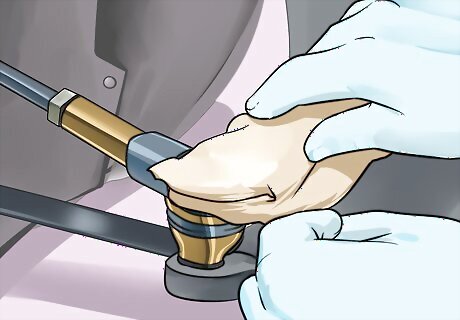
Clean up the excess grease. This will prevent damage to the brakes and rotors.
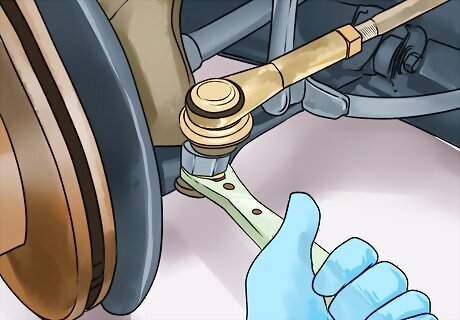
Tighten the pinch nut. Use an open end wrench to tighten the pinch nut as tight as you can against the tie rod end. This will ensure that your vehicle is as close as possible to being back in alignment.
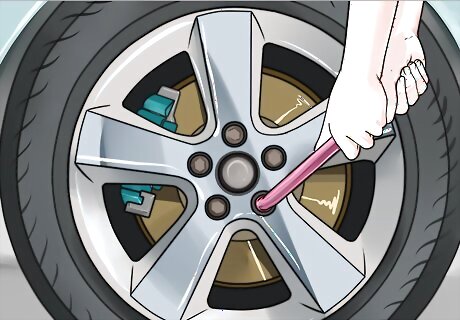
Replace the wheel. Tighten the lugs by hand in a star pattern.
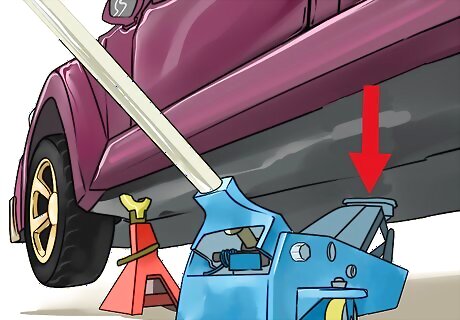
Lower the vehicle to the ground. Use the floor jack to lift the car off of the jack stands and then lower it to the ground slowly.
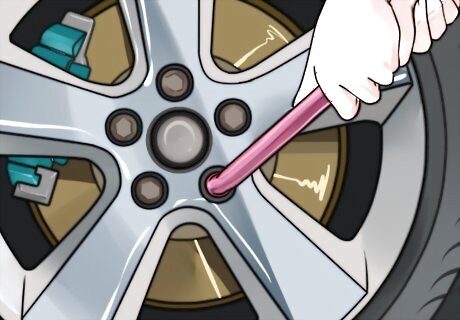
Tighten the lug nuts. Use a lug wrench or impact to tighten the lug nuts to the specified torque. Again, tighten in a star pattern.
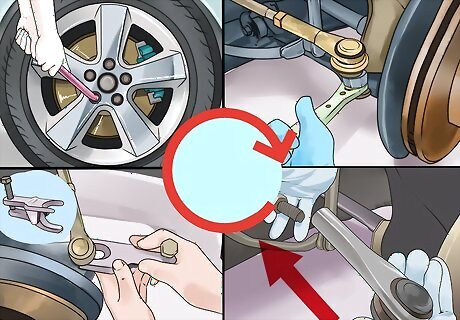
Repeat this process to install the tie rod ends on the other side. If you need to replace both sides, the process is the same.
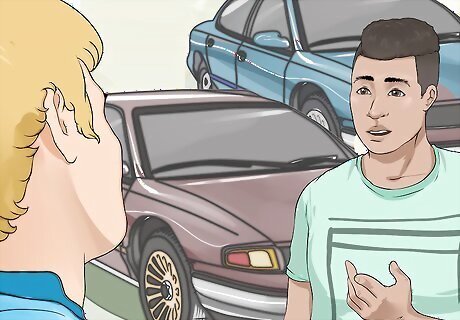
Get a front end alignment. Now that you have altered parts steering system, you will need to have your front end aligned by a professional to avoid uneven wear and tear.














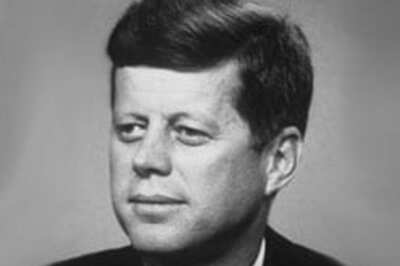





Comments
0 comment